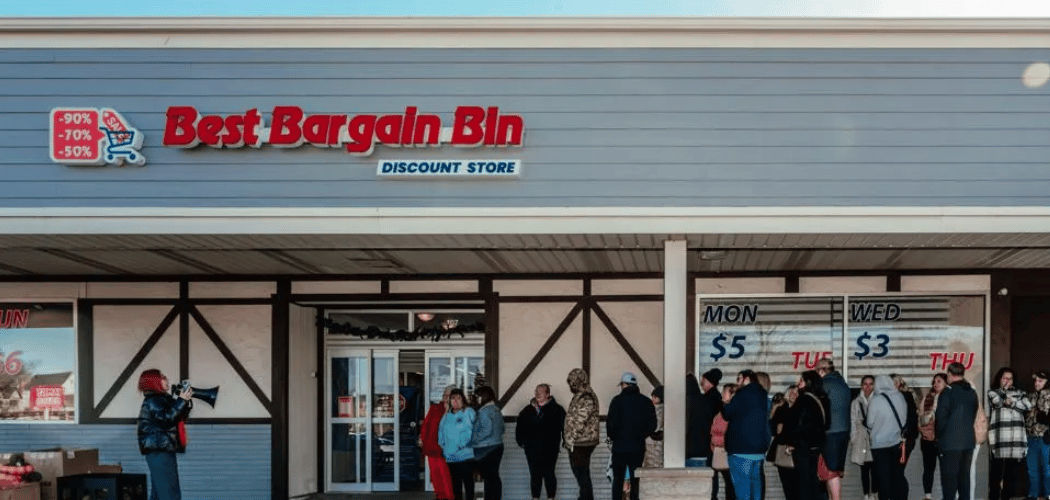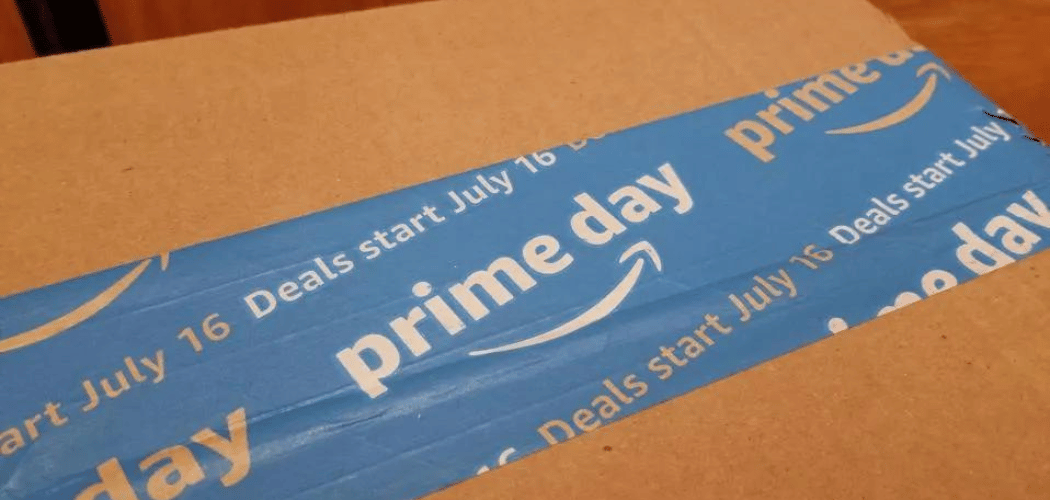There is a renewal in consumer interest in brands today. Have you felt it? Just when it seemed that consumers were satisfied, if not enamored with the rational and straightforward shopping solutions presented by Amazon, Walmart, Target and others, people are showing increasing affinity to “keyhole” brands that satisfy a specific need with panache and style.
New brands are flooding the market, and most are birthing through the Direct to Consumer (DTC) channel. Some, like AWAY, Casper, Chubbies, Glossier, Harrys, MVMT, and Peloton are familiar to consumers. Others, like Amika, Andie, Brooklinen, Rory, Sol de Janeiro are registering explosive growth as they tap into previously unidentified consumer needs.
There is a parallel between the early success of the Apple brand and the current growth of DTC brands. During a 2013 Goldman Sachs conference, Tim Cook was famously quoted saying “Apple has made products for years that people didn’t know they wanted and now they can’t live without. We don’t believe in limits.”
Bingo! Who knew there was enough pent-up demand for purchasing makeup, mattresses, and luggage online to create the latest raft of startup “Unicorns”, those with valuations over $1 billion?
Listening to stories from founders and early investors in successful DTC brands at the Yotpo-hosted D2C Conference in New York earlier this month, it was clear that while achieving Unicorn status was possible, it did not come easily. So, how do you create a great brand? I sifted through the messages from that day in hopes of identifying a formula for success in the DTC world. Here's a solid list to get you started:
The Founders experienced a challenge first-hand
Rory founder Rachel Blank shared an intensely personal story of her own journey through a health challenge. She described how she had a “personal connection to the problem space ” that led to creation of a business that is now a “content destination for women’s health care”.
In other words, the combination of her frustrations with existing health care options during her journey and her intellectual curiosity to meet these needs, formed the seed that germinated into a broad-based health care solution for any woman.
Tom Montgomery, Co-Founder, CMO, CTO of Chubbies told the story from his college days in the Bay Area that lead to creation of his casual clothing brand. As he told the story, he and his friends would gather for some fun on the weekends at outdoor venues and eventually noticed that everyone in their group was wearing some type of short that seemed dated, wrinkly, ripped, and just plain ugly. Something had to be done, and Chubbies was created to give guys great options for a casual short that would always be comfortable to wear. The brand has proliferated in part due to its creative, funny Chubbies Shorts on YouTube.
The Founders had an affinity for fashion, but wanted affordable options
Brooklinen was founded on the principle that people are looking for “beautiful and ridiculously comfortable sheets that didn’t cost an arm and a leg”.
MVMT was founded in 2013 with the intent to “disrupt the overpriced and outdated models of the fashion industry".
These founders share a personal desire for quality, fashion, and style, but were weary of the prices associated with these attributes. Why did it have to be this way, they asked? Their answer was found in their courage to create product lines that could be marketed in new business models to unlock demand from broad based consumers.
The Founders sought out a “better way” – the Disruption approach
The most successful DTC brands were inspired through the personal observations and needs of the founders. These brands connect people with a “better way to buy”, as Harry’s and the Dollar Shave Club did for consumers tired of the cumbersome process of buying razor blades in pharmacies and groceries.
But there’s more than just disruption going on here.
In addition to solving a need, Selena Kalvaria, SVP Brand AWAY talked about how brands connect identities. People love stories and gravitate to a brand when they touch our soul, or trigger the love of the underdog in our hearts. Fashion and cosmetic brands like Glossier, Sol de Janeiro, and Soko Glam have thrived on this principle.
How to build a great DTC brand
Listening to these stories, it almost seems too easy to create the next Direct to Consumer brand. It would be easy to fall prey to taking a clinical approach, i.e. identify an inefficiency in the market and build a brand in a bottle, and we know that is a naïve point of view.
Successful DTC brands evidence an authenticity in their desire to provide something that consumers want. They understand the distinction between Brand Marketing and Branding. As Ms. Kalvaria, AWAY commented, Brand Marketing is centered on advertising and promotion, while Branding is focused on creating true “brand love”.
A central component to stimulate and maintain “brand love” is an obsession with giving customers the best experience possible. This taps into the concept of Cult Loyalty that Barry Kirk, Maritz Loyalty has defined in his work. When brands make their obsession with the customer first, rather than just sprinkle incentives across its marketing efforts and expect customers to become loyal, customers respond in an organic and sometimes "cultish" fashion.
There are a few common traits among the companies building great brands that partially define the future of Customer Loyalty and that you can consider for your own organization:
- Education: Marketing efforts create sales, but also educate customers to ensure they keep coming back. It’s important to perpetuate knowledge in a category and to stimulate creativity in how a customer can use a product beyond their initial perception. As a result, many of the brands I listened to at D2C placed emphasis on content marketing aimed at educating and informing the customer.
- Community: Just about every Founder who told their story emphasized the importance of forming a community among its customer base, whether through social channels, onsite forums, or FAQ’s. To create high brand performance, the connection with the customer must go beyond a discount or a new style. When people identify their personal values with a brand, they become truly loyal and will return as much to connect with and support the brand as to acquire the product.
- Customer Service: Rich Fulop, Founder Brooklinen told a story about how the company once delivered a delayed order to a customer via Uber and, in the words of the customer, “saved their Christmas”. That customer is now a lifelong and highly valued person, so taking the extra step was worth it. Maybe we should redefine “surprise and delight” as providing unexpected levels of service.
The lessons learned from these brands are important to the entire retail industry, not just to the pocketbooks of the founders and investors who brought them to market. Responding to questions about the “retail apocalypse”, Loren Padelford, Shopify stated that “we can’t let shopping dwindle into only a few choices … we need more voices, not less”. He also effectively underscored the three traits above by saying that “people value CX more than money at times”.
We couldn’t agree more; competition is good for any market — and DTC retailers are building success via principles and strategies that can help any retailer prosper in today’s challenging market.




